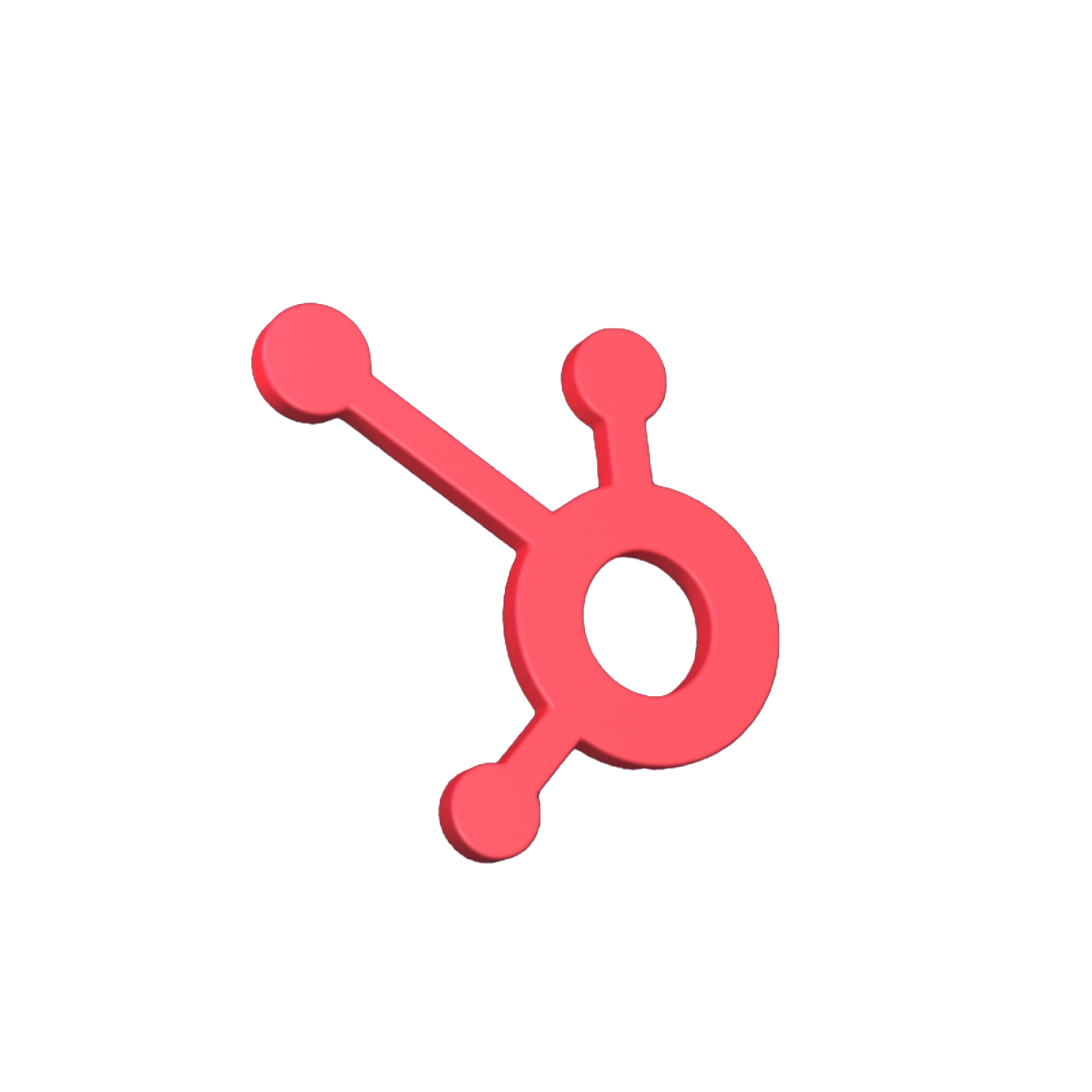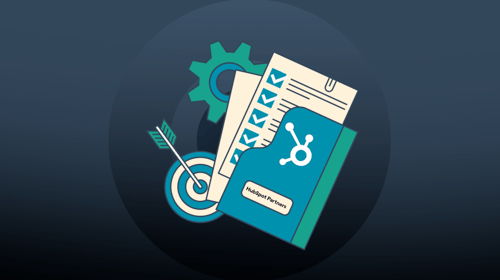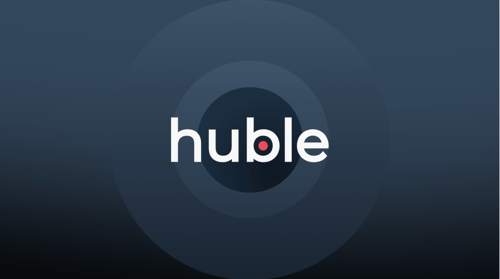TL;DR:
Avoid partners without dual ISO, robust UAT & documentation, data-first design, proven tech depth, flexible delivery, and (if needed) global reach.
| Metric | Why it matters | Benchmark/example |
|---|---|---|
| Dual ISO: 27001 & 9001 | Security discipline and consistent quality across consultants | Independent certification and regular audits |
| 200+ complex integrations | Confidence in ERP/CPQ/data-platform work with low disruption | CRM↔ERP, CPQ, data warehouse, custom APIs |
| Flexible delivery model | Keeps pace with changing priorities without wasted budget | Reallocate hours/skills across strategy, CRM, RevOps, creative, dev |
Why the right HubSpot partner matters now
HubSpot has become the front-office system where data, marketing teams, sales teams and service teams meet. Choosing a partner is therefore less about “who can switch it on fastest” and more about who can design the right system, the right processes, and the right controls, and keep them all evolving as your priorities change.
That means looking for solution design capability, process re-engineering (not just lift-and-shift), and a shared architectural language such as the C4 Model (Context, Containers, Components, Code) to make integrations, data flows, and boundaries crystal clear to both business and technical teams. When those foundations are missing, projects wobble in testing, stall after go-live, and struggle to support AI enhancements.
What follows are the seven red flags that most often predict cost, risk, and missed outcomes.
1) No ISO certification for both security and quality
Many agencies can show you glossy case studies. Fewer can show dual ISO accreditation. ISO/IEC 27001 confirms your partner runs an audited information-security management system: access control, incident handling, asset management, encryption, and supplier oversight. ISO 9001 confirms a quality management system that standardises how work is planned, reviewed, documented, and improved. This means you get the same standard of delivery regardless of which consultant you work with, which can be rare.
Without both, outcomes depend on the luck of the draw: one strong consultant, one rushed handover, and quality varies by team or region. Dual ISO is a simple, objective signal that the partner’s good days are by design, not by accident.
What good looks like: dual ISO certificates in force; audit schedule; clear QA gateways (design reviews, peer reviews, security checks) that appear in your project plan, not just on a slide.
2) No defined UAT process, or no flexibility in how UAT is run
User Acceptance Testing is where great designs turn into working reality. Lack of a clear UAT approach is an early warning that the partner can’t manage risk or change. You should see staged UAT options that match the size and criticality of your rollout: light business-owner testing for simple changes; scenario-based testing for revenue-impacting work; and full operational simulation when processes span teams, regions, or integrations.
Rigid “one-size-fits-all” UAT creates two kinds of failure: too little testing (surprises post-go-live) or too much process (teams burn time on tests that don’t de-risk anything). Right-sized UAT is pragmatic: it protects the business while keeping momentum.
What good looks like: UAT strategy agreed up front; clear entry/exit criteria; seeded test data; roles and responsibilities; defect triage cadence; pilot-to-scale plans when risk is high.
3) No documentation, or no options for the depth you need
If it isn’t written down, it doesn’t exist when people move roles.
Lack of documentation shows up as “quick wins” that can’t be supported, integrations nobody trusts, and projects that slow to a crawl when staff change.
You want options for documentation depth: concise Solution Design summaries for small changes; full packs for complex programs including C4 Model diagrams, data dictionaries, field mappings, API contracts, workflow inventories, role/permission matrices, and runbooks. The right level is a cost/benefit choice you should make, not an omission you discover later.
What good looks like: documented decisions; version-controlled artefacts; admin and end-user guides; a living change log; handover checklists aligned to ISO 9001 practices.
4) Weak data & AI strategy, treating HubSpot as “just a CRM”
AI success doesn’t start with prompts; it starts with structured, connected, governed data. A partner who treats HubSpot as a point solution will struggle the moment you ask for predictive scoring, product-usage insights, or cross-channel personalisation. The practical reality is that HubSpot must function as the central data platform for the front office, the place where customer truth is modelled, kept clean, and made available to AI systems.
That means thinking in data models (objects, associations, hierarchies), data quality (validation, enrichment, dedupe), and data movement (secure, observable integrations with ERPs, finance systems, CPQ, and data platforms such as Snowflake). Get this right and AI becomes useful; get it wrong and AI becomes noise and untrusted.
What good looks like: a data architecture plan; quality gates; observability for integrations; clear stance on what lives in HubSpot vs. your lake/warehouse; and a roadmap that links data readiness to AI use cases (not the other way around).
5) Limited technical depth and no visibility of the delivery team
For complex work, you should meet the people who will design and build your solution: architects, solution engineers, data specialists, developers. If a partner can’t introduce them early, or can’t walk you through a past integration from context to code, be cautious.
Look for evidence of solution design and process re-engineering that improves how teams work, not just how fields map. Ask to see C4 Model diagrams from prior projects. Press for specifics: how zero-downtime cutovers were achieved; how parallel runs were orchestrated; how rollbacks are handled.
What good looks like: direct access to the technical team during evaluation; credible integration patterns; repeatable runbooks; and clear separation between configuration and custom code with code reviews in place.
6) Inflexible contracts and fixed resource models
Priorities change. Campaign season hits, a product launches, a region opens, or a data issue bubbles up. If your agreement locks you into one role or one workstream, you’ll either overspend or stall.
A better pattern is a flexible service model that lets you shift capacity across strategy, solution design, RevOps, analytics, creative, and engineering as your roadmap evolves. Flexibility doesn’t mean chaos; it means a governed backlog, monthly re-prioritisation, and transparent burn-down so money follows value.
What good looks like: a single retainer that can be reallocated across disciplines; monthly portfolio reviews; clear SLAs; and the ability to ramp up for milestones and cool down after.
7) No proven global capability, when you actually need it
Not every organisation needs multi-region delivery. If you do, the risk profile changes: time zones, languages, permissions, data residency, and regulatory nuance. Partners without global muscle tend to create local exceptions that erode consistency and slow scaling.
Ask how support windows work across regions; how translation, design systems, and brand governance are handled; how regional hosting and data residency are addressed; and how DPO requirements flow into workflows. Global capability is the final filter—essential when relevant, optional when not.
What good looks like: cross-region SLAs; shared component libraries; translation/QA loops; regional data controls; and proven go-lives in multiple markets.
Bringing it together
If a partner can show dual ISO, offers right-sized UAT and documented design, treats HubSpot as the front-office data platform, puts real engineers in the room, works flexibly, and scales when needed, you’re set up to get value fast and keep compounding it.
If any of these elements are missing, press pause. It’s far cheaper to fix a selection decision than to unwind a rushed rollout.










-3.png?width=500&height=320&name=Matt%20-%20imagery%20bank%20(8)-3.png)

